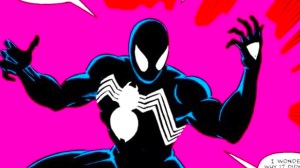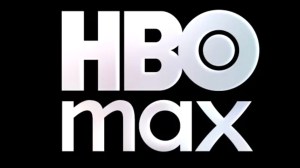Marvel’s biggest problem with its “event culture” is that it misunderstands the audience’s emotional investment. Time and again, the company swings for grand, universe-shaking crossovers meant to redefine everything, but those stories often forget why readers care in the first place. Fans don’t pick up comics to see their heroes endlessly rewritten, rebooted, or humiliated for shock value — they read them for growth, for heart, for the sense that choices matter.
Videos by ComicBook.com
The company’s best events (Infinity Gauntlet, Annihilation, House of X) resonate because they build on history. When Marvel tries to “shock” the audience instead of satisfy them, it ends up alienating the very fans who made the universe worth revamping.
7. Fear Itself (2011)
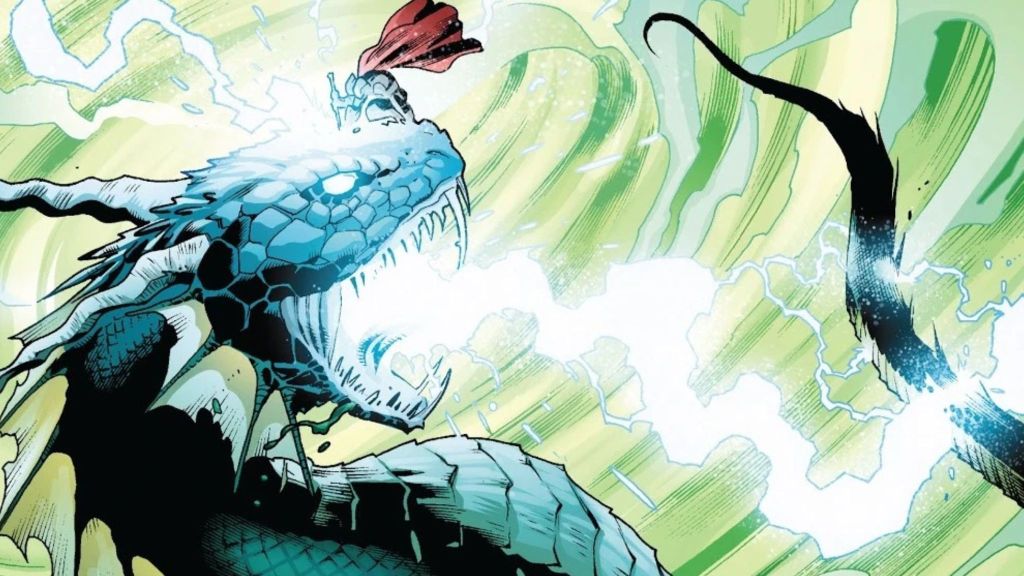
Fear Itself centers around the Asgardian Serpent, a long-lost brother of Odin who awakens and sets out to spread fear across the world. The Serpent empowers various Marvel heroes and villains with enchanted hammers, turning them into his “Worthy” warriors. Despite its grandiose setup and the involvement of big-name characters like Thor, Captain America, and Iron Man, this 2011 event remains one of Marvel’s most forgettable and frustrating storylines. To make matters worse, Fear Itself is riddled with tie-ins that feel more essential than the main series itself. So much of the action was scattered across dozens of one-shots and spin-ups that the main seven-issue series often felt like a summary of bigger events happening off-panel. If you didn’t buy every tie-in, you were lost—and even if you did, you might just wish you hadn’t.
6. Avengers vs. X-Men
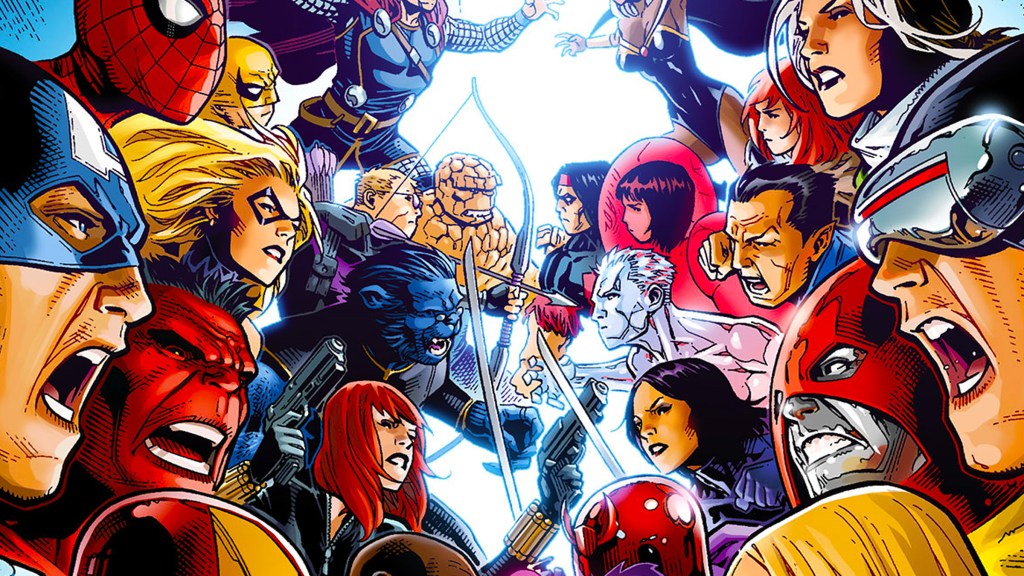
Avengers vs. X-Men revolves around the return of the Phoenix Force, a cosmic entity of destruction and rebirth. The X-Men, led by Cyclops, believe the Phoenix could save their endangered mutant species by reigniting their dwindling population. On the other hand, the Avengers, led by Captain America, fear the Phoenix will destroy the Earth. This philosophical disagreement quickly escalates into an all-out war between the two teams, with both sides resorting to increasingly questionable decisions. Avengers vs. X-Men doesn’t even resolve its central question: What does coexistence between humans and mutants look like? By the end, the Phoenix conveniently resurrects the mutant gene, Hope flies off with Wolverine, and Marvel pats itself on the back for “resetting” the mutant status quo. All the supposed ideological tension? Magically erased.
5. Civil War II (2016)
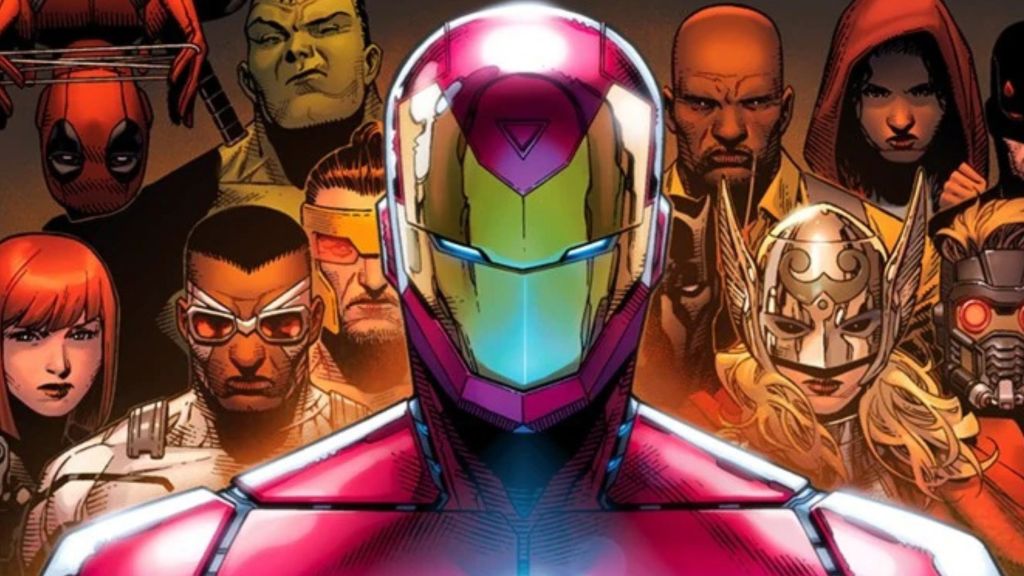
Civil War II revolves around Ulysses, a new Inhuman with the ability to see the future. Captain Marvel (Carol Danvers) believes his visions can be used to prevent crimes before they happen, while Iron Man (Tony Stark) argues that punishing people for crimes they haven’t committed yet is a dangerous path. The event is also riddled with unnecessary deaths and shock-value moments that fail to carry emotional weight. The death of War Machine (James Rhodes) early in the story is meant to serve as a catalyst for the conflict between Carol and Tony, but it feels cheap and underdeveloped, robbing the character of the respect he deserved. Similarly, the death of Bruce Banner (the Hulk) at the hands of Hawkeye is clumsily handled and only serves to make the story darker without adding any real depth. Unlike the original Civil War, which had lasting consequences for years, Civil War II feels like a pointless exercise in pitting heroes against each other for the sake of spectacle.
4. Axis (2014)

Axis with the Red Skull, who has grafted Charles Xavier’s brain onto his own, becoming the “Red Onslaught” and threatening the world with his newfound telepathic powers. To stop him, the Avengers and the X-Men team up with a group of villains, including Magneto, Doctor Doom, and Loki. Things take a bizarre turn when a magical spell meant to defeat the Red Onslaught backfires, “inverting” the moral alignments of everyone involved. Heroes become villains, villains become heroes, and chaos ensues.
While this inversion concept had potential for interesting storytelling, it’s handled so poorly that it becomes downright laughable. Characters act so exaggeratedly out of character that it’s hard to take anything seriously. For example, Tony Stark becomes a narcissistic, sociopathic version of himself, essentially turning into an evil tech-bro, while the usually heroic Sam Wilson (Falcon) becomes a bloodthirsty tyrant. Meanwhile, villains like Carnage suddenly start acting like noble heroes To its credit, the event does feature some strong artwork, particularly from artists like Jim Cheung and Terry Dodson, and there are a few entertaining moments sprinkled throughout. But these bright spots aren’t enough to salvage Axis from its fundamental flaws.
3. Secret Empire (2017)
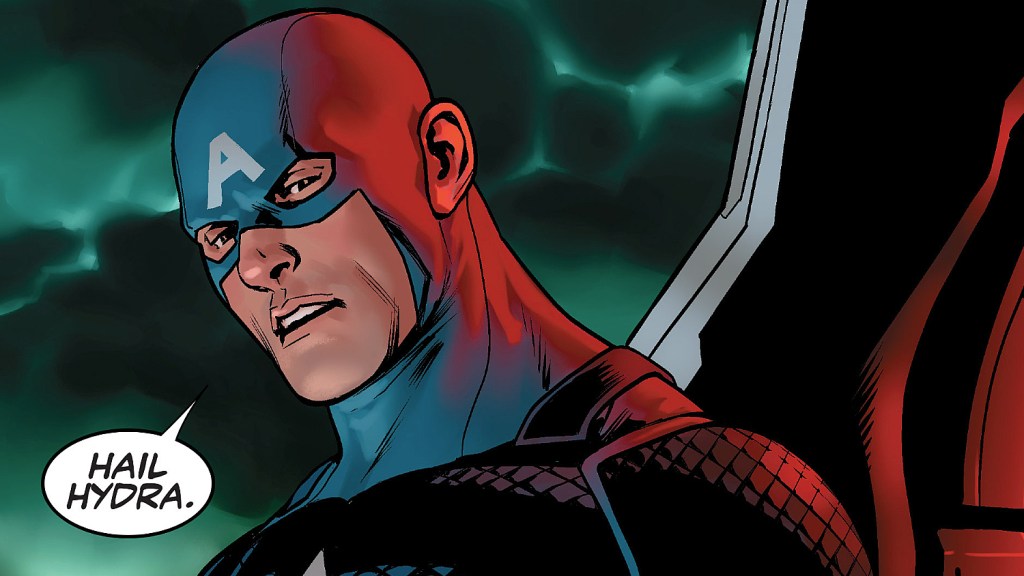
Secret Empire begins with the shocking revelation that Captain America is actually a Hydra agent. Thanks to the manipulations of the sentient Cosmic Cube, Kobik, Steve Rogers’ history is rewritten to make him a lifelong Hydra sleeper agent. Using his position as a trusted leader, Hydra-Cap orchestrates a coup, taking control of the United States and plunging the Marvel Universe into a dystopian nightmare.
The story follows the resistance led by heroes like Black Widow, Sam Wilson, and Hawkeye as they fight to overthrow Hydra-Cap and restore freedom. The premise of Captain America being a Hydra agent was controversial from the start, and for good reason. Captain America was created by Jewish creators Joe Simon and Jack Kirby as a symbol of defiance against fascism during World War II. To see him turned into the very thing he was created to fight against felt deeply disrespectful to many fans, especially given the political climate at the time, with rising concerns about nationalism and authoritarianism. While Marvel insisted this was “just a story” and not the real Steve Rogers, it didn’t make the betrayal any easier to swallow.
2. One More Day (2007)

After Aunt May is critically injured by a sniper’s bullet — collateral damage from Peter Parker’s decision to reveal his identity during Civil War — Peter becomes desperate to save her life. Refusing to let her die, he turns to Mephisto, Marvel’s literal devil, for help. Mephisto offers Peter a deal: he will save Aunt May’s life, but in exchange, Peter and Mary Jane’s marriage will be erased from existence. Against all logic and common sense, Peter and MJ agree, sacrificing their love and years of shared history to save May.
The fundamental problem with One More Day is that it completely destroys Peter Parker’s character. Spider-Man has always been about responsibility—making the hard choices and living with the consequences. But in this story, Peter makes a selfish, irrational decision that prioritizes his aunt’s life over his own happiness and the integrity of his marriage. Aunt May herself would never have wanted Peter to sacrifice everything for her, making his actions feel even more out of character.
1. Ultimatum (2008–2009)

If you ever want to understand how shock value can destroy an entire universe, look no further than Ultimatum (2008–2009). Meant to serve as the explosive climax of Marvel’s Ultimate Universe, Ultimatum instead became one of the most reviled crossover events ever written. The story begins when Magneto, enraged by the deaths of his children (Scarlet Witch and Quicksilver), flips the magnetic poles of Earth.
This triggers worldwide natural disasters. The event drags the Ultimate X-Men, Ultimates, and Spider-Man titles into one grim narrative where beloved characters are gruesomely killed off in batch order. What should have been a universe-defining tragedy devolves into a shallow exercise in “who can die next.” From an editorial standpoint, Ultimatum was supposed to “clean up” continuity and pave the way for a fresh start (Ultimate Comics: Rebirth). But what it really did was kill the Ultimate line’s reputation.
What do you think? Let us know in the comments!

